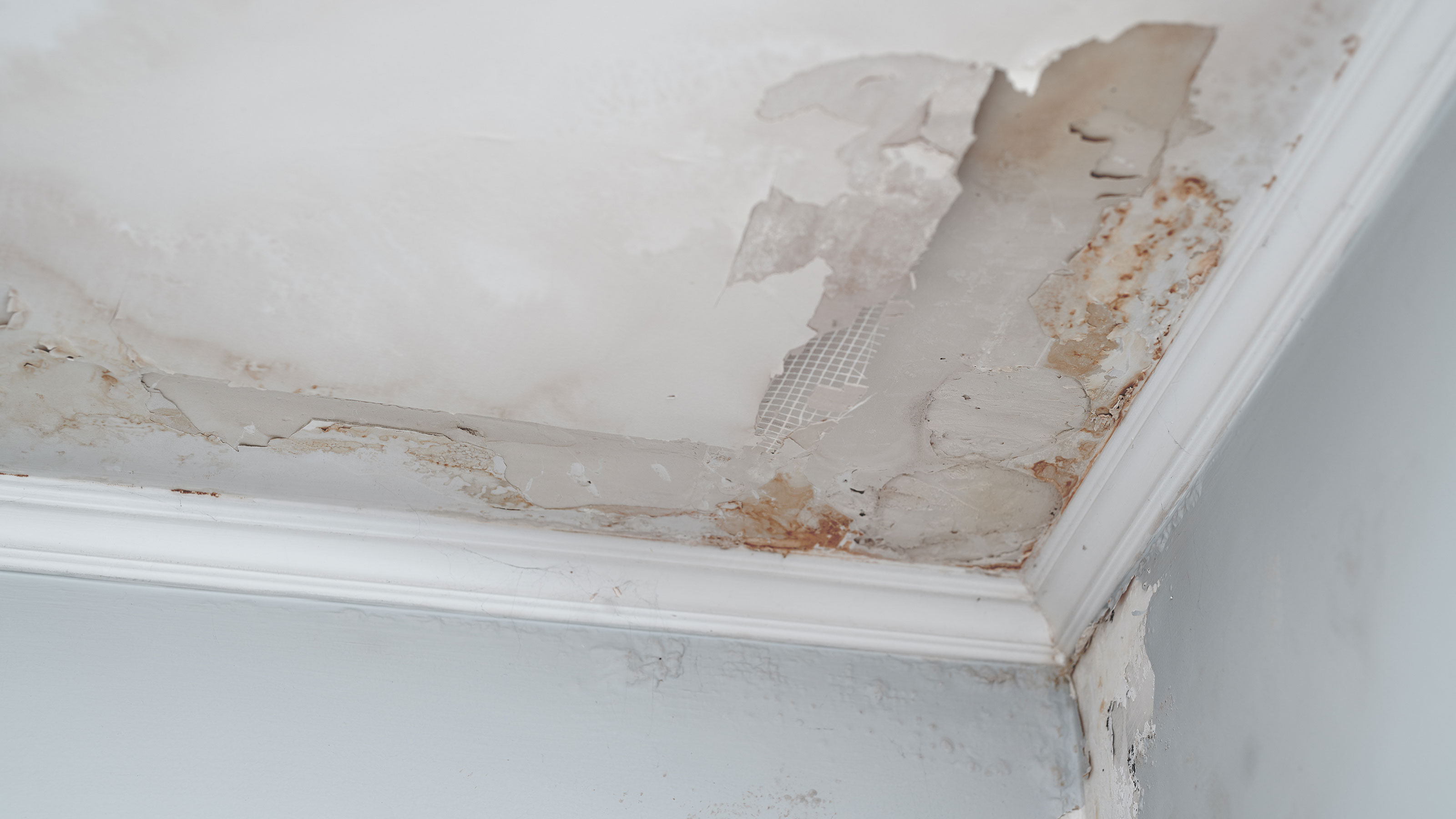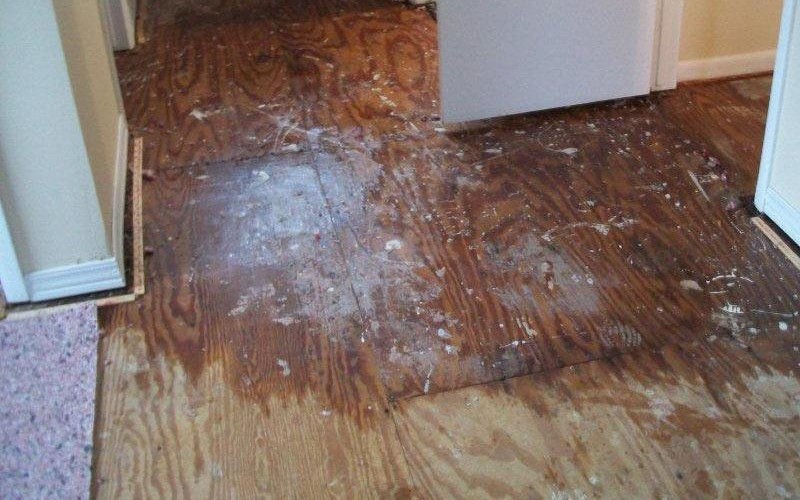Emergency Water Damage Restoration to Restore Your Property Quickly
Emergency Water Damage Restoration to Restore Your Property Quickly
Blog Article
The Process of Water Damage Cleanup: Ensuring Your Home Is Recovered Successfully
Water damages can be a complicated obstacle for property owners, requiring a precise and organized cleanup process to restore security and capability. damage restoration services. Following this, effective water removal strategies play a critical role in minimizing additional harm.
Examining the Damage
Upon uncovering water damage, the initial step is to thoroughly evaluate the degree of the impact. This preliminary examination is essential, as it assists determine the essential steps for effective cleaning and reconstruction. Begin by inspecting the impacted locations, including walls, ceilings, floorings, and individual items, to determine the source of the water invasion, whether from flooding, leakages, or condensation.
Documenting the damages is necessary for both insurance coverage cases and preparing reconstruction efforts - damage restoration services. Use pictures and written notes to capture the extent of the damages, noting any type of afflicted architectural components and products. Pay special interest to areas that may not be immediately visible, such as behind walls and under carpetings, as hidden dampness can lead to additional difficulties, consisting of mold growth
Furthermore, evaluate the timeline of the water direct exposure. Ultimately, a comprehensive evaluation lays the groundwork for an effective water damages cleanup procedure, guaranteeing that all impacted locations are attended to properly and completely.
Water Extraction Strategies

Professionals typically use completely submersible pumps for larger volumes of water, which can promptly alleviate flooding in cellars or other influenced areas. For smaller quantities, wet/dry vacuums are typically made use of to extract recurring wetness from carpets and difficult surfaces. Furthermore, utilizing mobile extractors permits for targeted removal in confined spaces or areas with delicate materials.
In circumstances of polluted water, such as sewage or floodwater, progressed extraction techniques may involve making use of biohazard equipment to make sure safety and security and compliance with health guidelines. High-powered extraction devices are essential in decreasing water retention in architectural products, which can result in mold and mildew growth and structural degeneration otherwise addressed immediately.
Eventually, the effectiveness of water extraction strategies plays a critical function in the overall success of the water damage clean-up process, preparing for subsequent reconstruction efforts.
Drying and Dehumidification
As soon as standing water has been properly drawn out, the next crucial stage in the water damages cleanup procedure is drying out and dehumidification. This action is important to stop more damage and mold development, which can take place within 24 to 2 days in moist environments.
To attain effective drying out, specialized devices such as industrial-grade air moving companies and dehumidifiers is utilized. Air movers flow air throughout wet surface areas, improving dissipation rates, while dehumidifiers minimize humidity degrees in the air, advertising a helpful atmosphere for drying. The combination of these tools guarantees that dampness is extracted from walls, home furnishings, and floorings, enabling them to dry completely.
It is necessary to check the drying process closely. Specialists usually make use of dampness meters to analyze the dampness material in different products, ensuring that all influenced areas get to appropriate dry skin levels. This careful technique assists to stop hidden moisture pockets that could lead to structural damage or harmful mold development.

Cleaning and Sterilizing
After the drying out and dehumidification stage is full, the following vital action in water damage cleaning is cleansing and sanitizing the affected locations. This procedure is vital to stop the development of mold and mildew, bacteria, and other pathogens that prosper in damp settings.
The cleansing stage generally includes removing any debris, dirt, and contaminants from surfaces using specialized cleaning agents. For difficult surface areas, a mix of soap and water or industrial cleaning items is typically utilized. Soft products, such as upholstery and rugs, might call for much more comprehensive cleaning techniques, including steam cleaning or deep extraction techniques, to make certain complete hygiene.

Sanitizing complies with cleansing, making use of EPA-approved disinfectants to get rid of hazardous microbes. This action is essential, especially in locations that may have come into contact with floodwaters or sewer, as these sources can pose significant wellness threats.
In addition, it is essential to resolve any remaining odors, which may call for using smell neutralizers or sophisticated methods like ozone therapy. Correct cleansing and disinfecting not only bring back the security and hygiene of your home however likewise lay the groundwork for successful restoration and repair work in succeeding phases of the water damage cleanup process.
Reconstruction and Repair Work

Once the evaluation is full, remediation efforts can begin. In addition, flooring may require similar interest, depending on the degree of water direct exposure.
It is essential to engage experienced remediation specialists throughout this procedure, as they have the proficiency to handle complex repair work properly. They can help mitigate possible future issues, such as mold and mildew development or architectural instability, therefore making sure a habitable and risk-free living environment. Inevitably, reliable repair and repair work restore the home's honesty and enhance its general value.
Conclusion
In conclusion, the procedure of water damages cleanup Get the facts is crucial for restoring a home to its pre-damage problem. Each phase, from assessing the damages to implementing effective water removal methods, followed by complete drying, disinfecting, and required repair work, plays an important duty in making certain security and conformity with building requirements. Efficient implementation of these steps not only mitigates instant damages however likewise enhances the long-lasting stability and worth of the home.
Water damages can be a difficult challenge for home owners, necessitating a organized and thorough clean-up procedure to restore continue reading this safety and security and functionality. Ultimately, a detailed evaluation lays the foundation for an effective water damage cleanup process, making certain that all influenced locations are dealt with effectively and extensively.
Effective water removal techniques are essential in minimizing damage and avoiding further complications complying with a water breach event.In final thought, the process of water damage cleaning is critical for restoring a home to its pre-damage problem. Each stage, from evaluating the damages to implementing efficient water removal techniques, adhered to by thorough drying, disinfecting, and needed repairs, plays an important role in making certain safety and compliance with structure standards.
Report this page